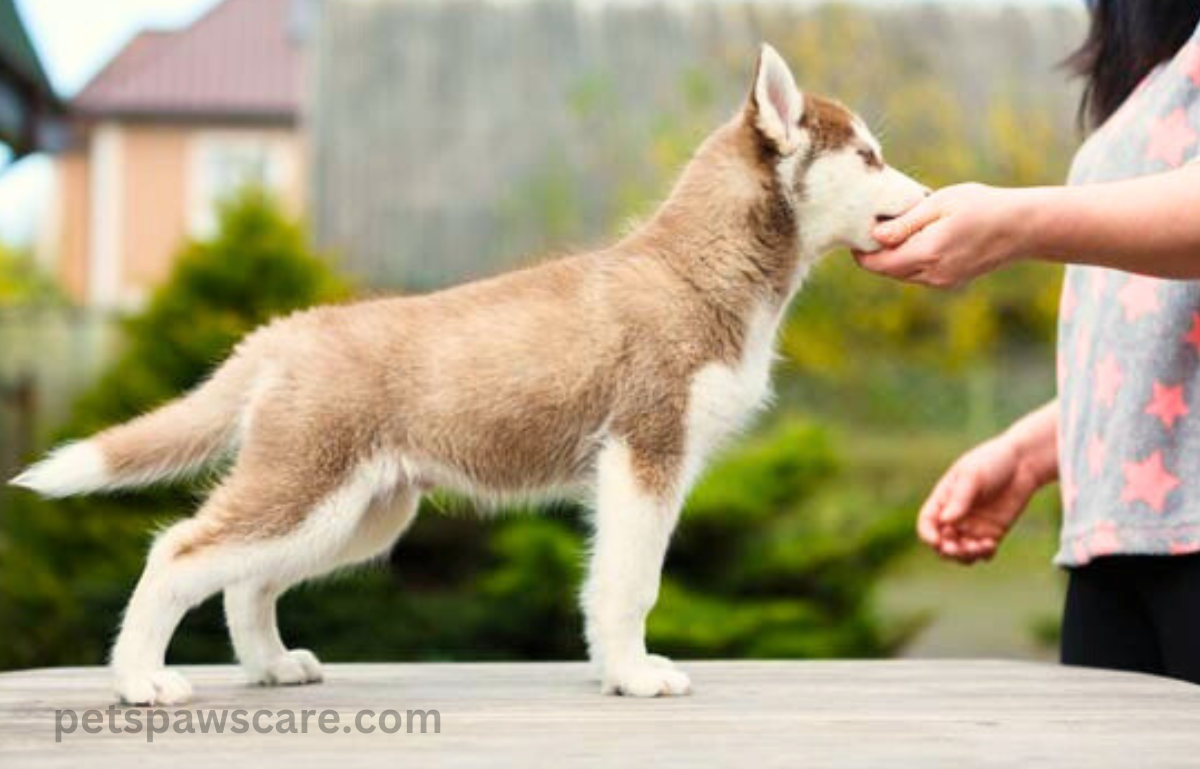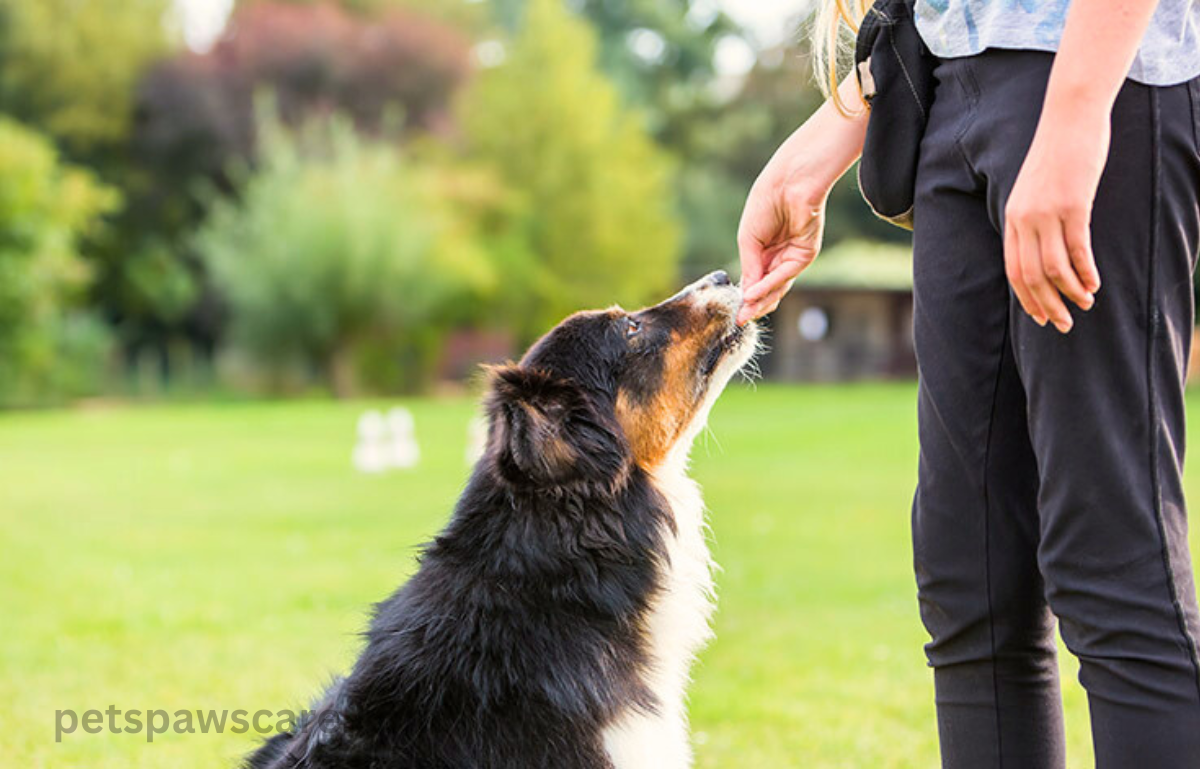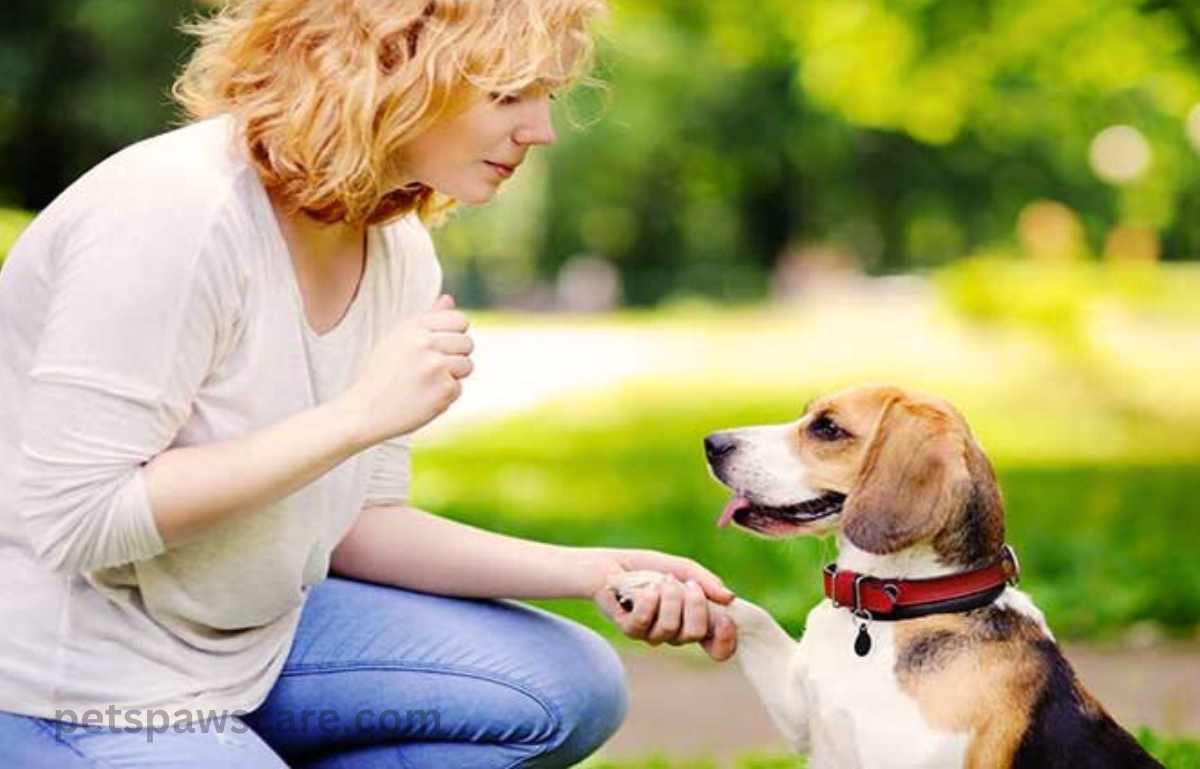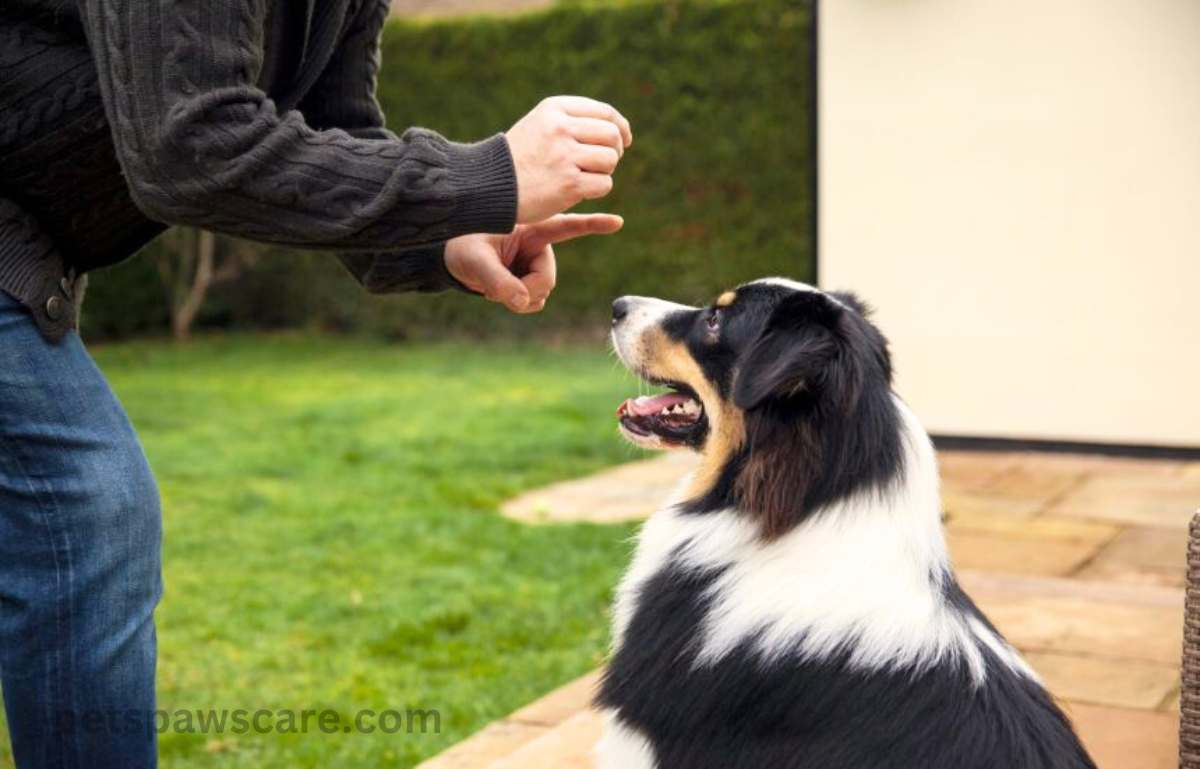Enhancing Dog Training with Hand Signals
Hand signals are crucial for Dog training, as dogs understand gestures better than spoken words. Whether Dog training in a noisy park or a quiet room, hand signals can help you communicate clearly and consistently with your dog without raising your voice or drawing attention to yourself. In this article, we’ll share some easy tips to help you and your dog communicate better everywhere you go.
Dog training with hand signals: The Simple Way
- Choosing Dog Commands: Start by picking the hand signals you’ll use for commands, many similar to American Sign Language. Practice these signals with your dog.
- Maintaining Consistency: Use the same hand gesture for the same command every time, like a closed fist for “sit,” to help your dog learn and remember what each signal means.
- Linking Signal and Behavior: Introduce the hand signal before the verbal command during training. Gradually, your dog will respond to the hand signal, allowing you to phase out the verbal command.
- Positive Reinforcement: Reward your dog with treats, praise, or toys when they follow a hand signal correctly to encourage good behavior. Keep training sessions short and enjoyable, ending them positively.

How to Teach Your Dog/Puppy 12 Basic Commands Using Hand Signals?
Here are a few basic hand signals that can enhance communication with your dog:
- Sit: Raise your hand above your dog’s head with your palm facing up and move it backward to tell your dog to sit.
- Down: Sweep your hand toward the ground with your palm facing down to signal your dog to lie down.
- Stay: Extend your palm toward your dog, say “stay,” and step back to ask your dog to stay in place.
- No: Hold your palm toward your dog and say “no” to make them stop what they’re doing.
- Heel: Keep your palm facing your leg by your side to encourage your dog to walk beside you.
- Come: Open your arms wide and say “come” to invite your dog to come to you.
- Stand: Extend your palm toward your dog and say “stand” to get them to stand on all fours.
- Dead: Point at your dog and say “bang” to have them lie down on their side.
- Drop it: If your dog is holding something, stop playing and say “drop it” to make them let go, or show another toy or treat it as a swap.
- Look at me: Call your dog’s name and reward them with a treat pulled to your chest when they look at you.
- Quiet: Put your finger to your lips to tell your dog to be silent.
- Leave it: Extend your palm toward your dog and say “leave it” to tell them to ignore something.
Using these signals can make dog training and everyday interactions with your dog easier and more fun.
Tips for Effective Use of Dog Hand Signals
- Make Sure the Dog is Looking at You: Always check that your dog is paying attention to you before you give a hand signal to avoid them missing it due to distractions.
- Use Clear and Consistent Signals: Use the same hand signal for the same command to help your dog understand and remember what each signal means.
- Use Appropriate Timing: Give the hand signal when your dog wants to do something so they understand your question.
- Avoid Confusing or Contradictory Signals: Don’t use the same signal for different commands or give mixed signals, as this can confuse your dog and make training harder.

Dog’s training to touch nose:
Your dog learns a lot about the world through their nose. Have you ever considered teaching your dog to touch specific things with their nose? This is called nose targeting or “Touch”. It’s a way to guide your dog’s head and body, and it’s really helpful for teaching them obedience and tricks. It can even help calm down a dog that gets anxious or overly excited.
How to Train Your Dog to Nose Target?
- Start Training: Hold your hand flat and close to your dog.
- Reward Contact: When your dog touches your hand with their nose, use a clicker or say “Yes,” then give a treat near your hand.
- Practice and Repeat: Keep practicing until your dog consistently touches your hand with their nose.
- Add Commands: Introduce a verbal command like “Touch” as your dog becomes more reliable.
- Increase Distance: Gradually move your hand away and practice at different heights and positions.
- Introduce Distractions: Begin with minor distractions and slowly increase to more challenging environments like a dog park.
Tips for Training Nose Targeting
In dog training, Most dogs enjoy the “Touch” command because it’s an easy way to get treats. To train this:
Use tasty treats and lots of praise: If your dog struggles in dog training, try rubbing a treat on your hand to make them more interesting. Gradually increase the challenge by only rewarding them when they enthusiastically touch your hand.
How to Add Objects to Nose Targeting?
Once your dog touches your hand, you can teach them with dog training to feel things like a yogurt lid or a Post-it note. Start by holding the object over your hand. When your dog touches the object, give them a treat. Gradually, move the object away from your hand over time.
Obedience Training With Nose Targeting
Use the “Touch” command in dog training to teach your dog different body positions, like sitting or lying down, by directing where they should touch. You can also teach them to perform tasks like ringing a bell with their nose so they can go outside instead of barking.
Trick Training With Nose Targeting
You can teach your dog in dog training, tricks like spinning or closing doors using the “Touch” command. Start with your hand and introduce objects they can learn to operate with their nose.
How Nose Targeting Helps Anxious or Reactive Dogs
For dogs that get nervous or bark a lot, nose targeting can redirect their focus to something less stressful, helping them calm down. Train them to touch your hand or an object instead of reacting to distractions around them.
Conclusion:
Hand signals and nose targeting effectively enhance your dog training and behavior management. These techniques improve communication between you and your dog and offer practical solutions for obedience, tricks, and calming anxious pets. With consistent practice and clear signals, you can build a stronger bond and make training a rewarding experience for both of you.
